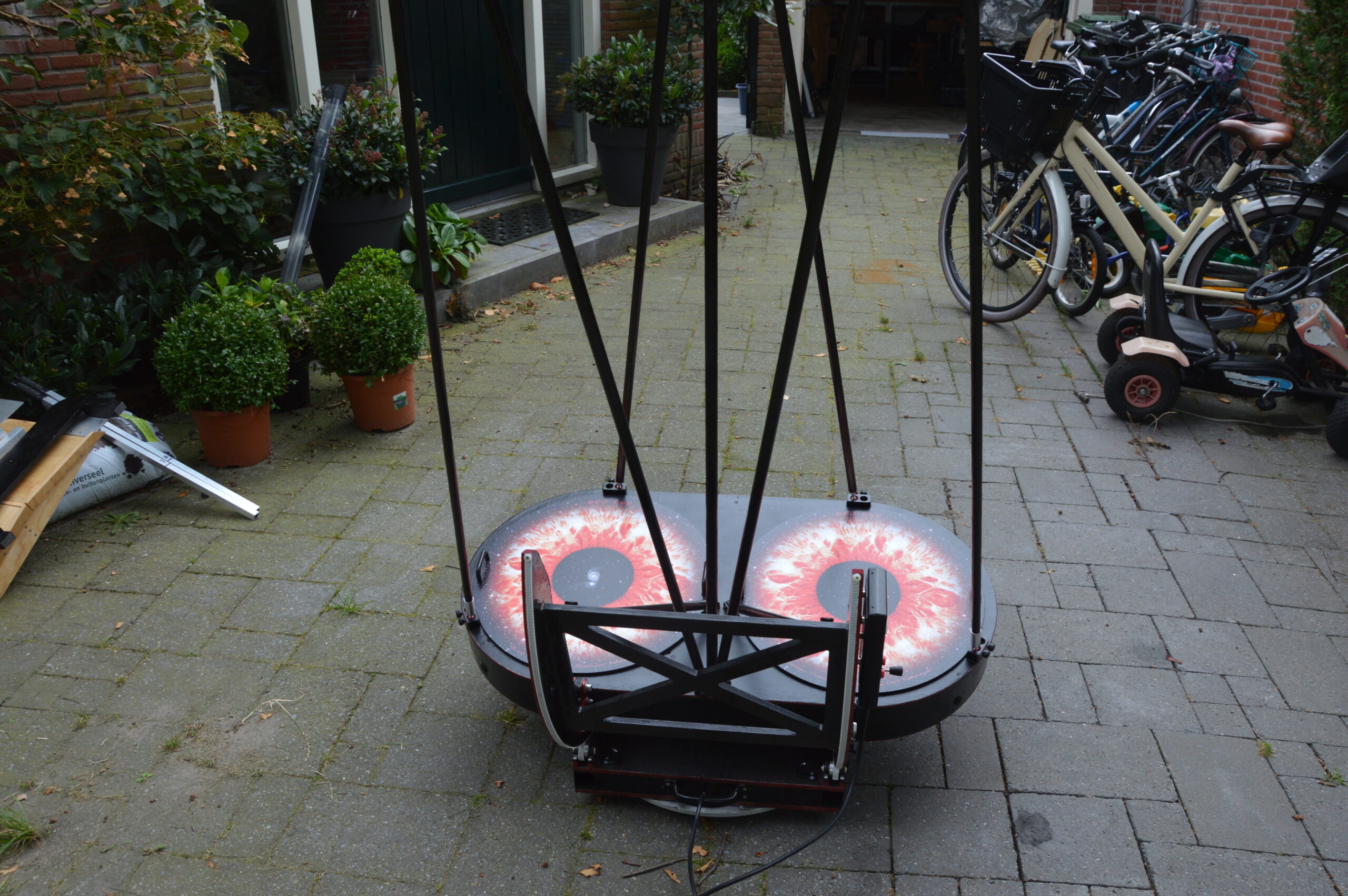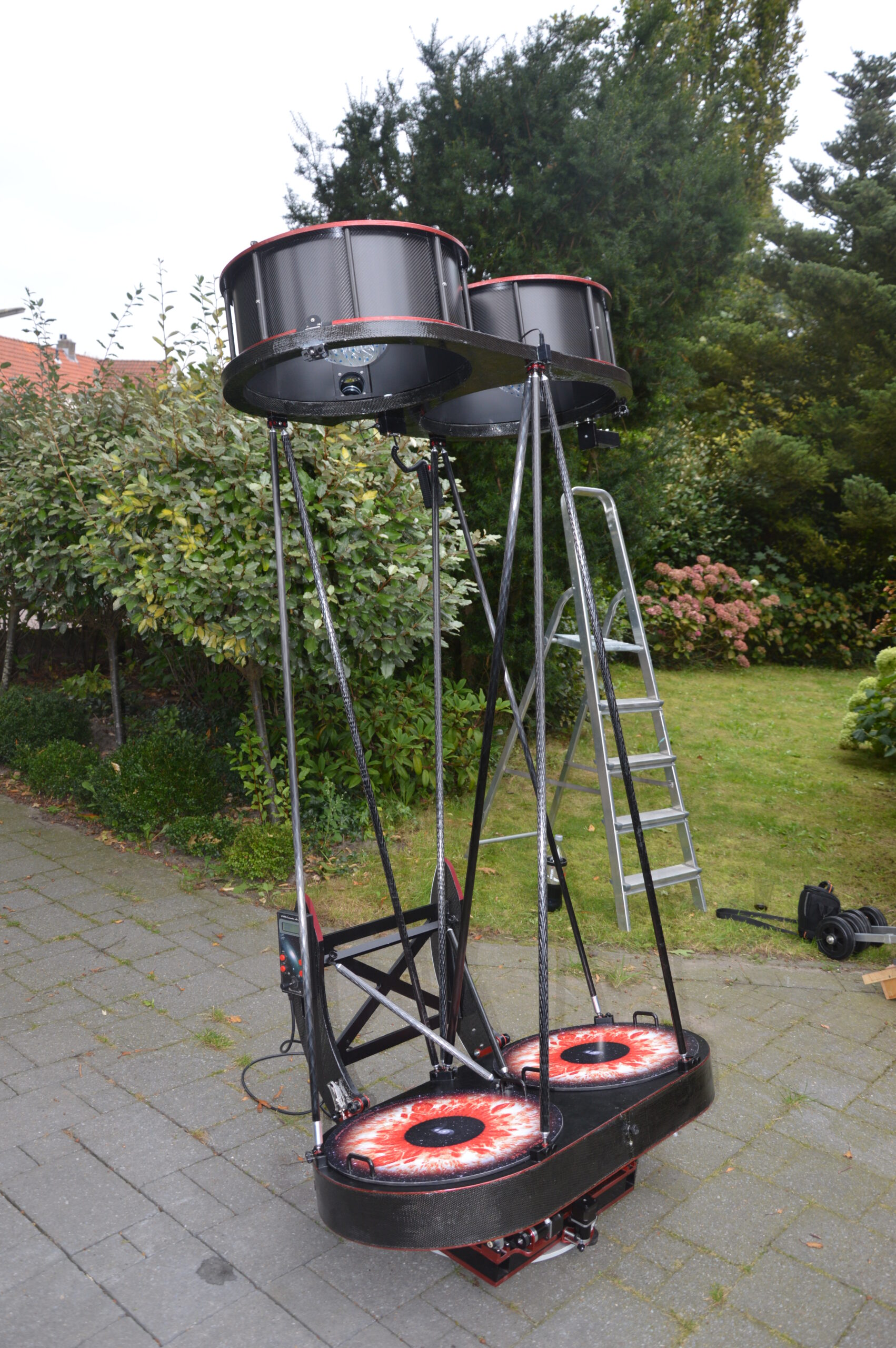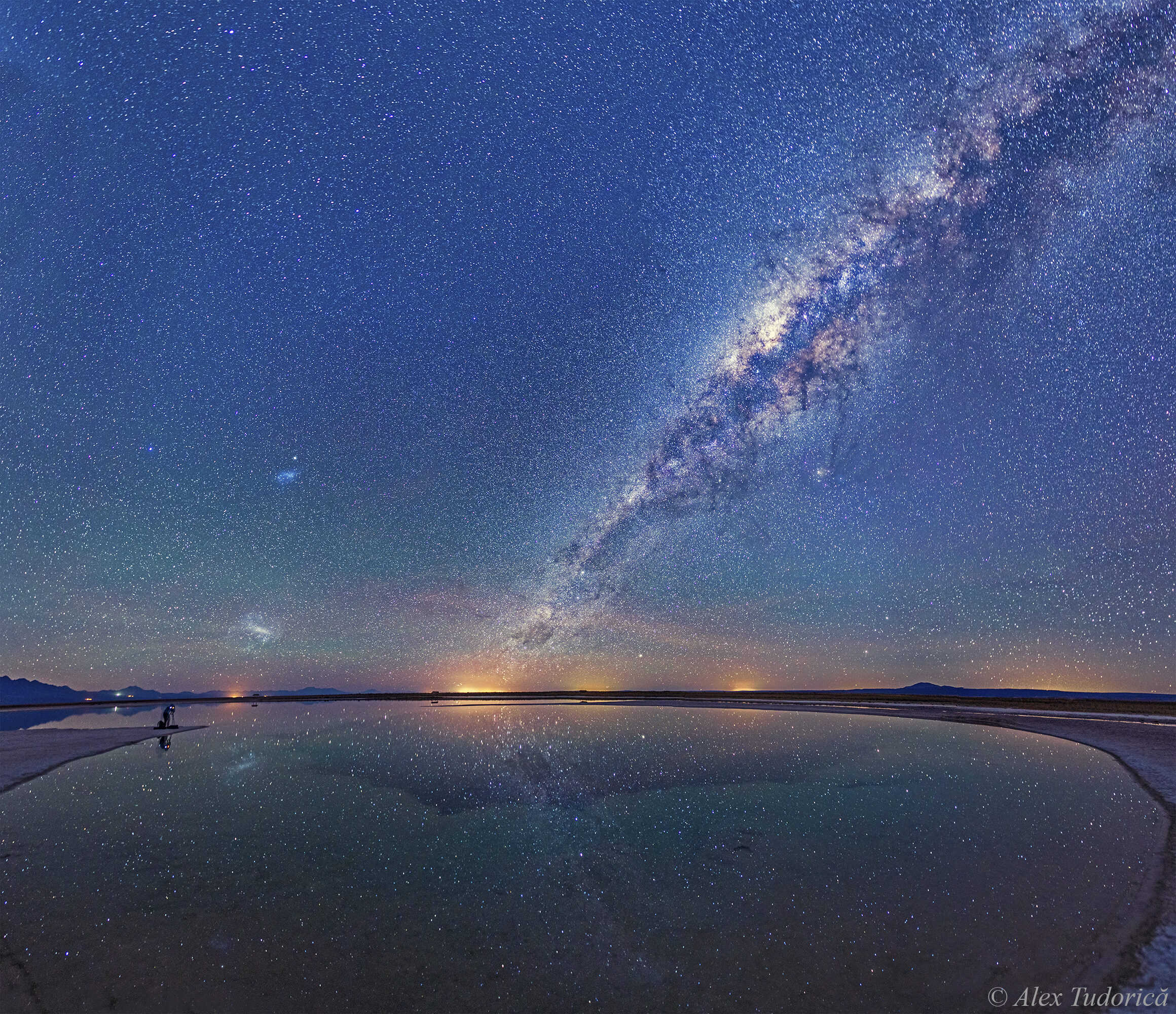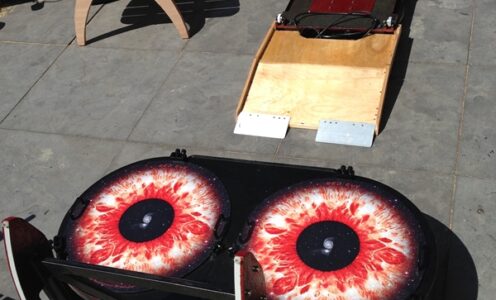<<<<Focus IPF Merging
Eyepieces
In the design stage of this project I decided to go for 2 inch focusers. This is a important choice for several reasons. Primarily because its impacts the optical design of the binoscope (secondary and tertiary size for example), but also because an individuals IPD (interpupillary distance) can make it impossible to use 2 inch eyepieces.
With my own IPD (60 mm) it only just possible to use 2 inch eyepieces. And since I didn’t want to limit the instrument, I went for the 2 inch option. Economics can play a rol in the choice as well. Due to the fact that I was essentially doubling an existing telescope, I already owned eyepieces that were right for the optics. These happened to be 2 inch and of good quality. When starting a project of this type it is something to think about. Getting pairs of eyepieces is expensive, especially the premium brands.
The eyepieces I use are pairs of 6 mm en 10 mm Ethos, 17 mm Speers-Waler and 30 mm RPD. This is a mix of really high end (Ethos) to economic (RPD). All of them give great views and work just fine, although the Speers-Waler’s need a lot of in-travel to focus. The 30 mm’s were a bit of a problem, not because the barrels were to wide, but because they were very straight and I couldn’t get my the bridge of my nose to fit anywhere (no I don’t have a big nose). Since these a relatively cheap eyepieces, I took them apart and slimmed down the barrels and tapered the top with a lathe. And despite not having a dust free environment when reassembling them, they work just fine.



First try
After a almost 2 year build, in september of 2014, I set up the binoscope for the first time. The balance was spot on and it was really stable. Unfortunately when moving the binoscope down to the horizon one of the back trusses popped out of a block. The method of clamping wasn’t working well with the load I was putting on the blocks. The delrin tips of the bolts I was using were deformed. I decided to change the connectors and convert the blocks to a top style of clamping. Also I added four extra trusses to even out the push and pull loads on the mirror box.



Transportation & setup
Although I think I succeeded in making a really compact binoscope, it is still a fair bit bigger than its predecessor. The 45 cm string telescope is really small and only has a total weight of about 31 kg. This makes it easy to transport and set up. The new binoscope was quite a bit bigger and had a total weight of about 60 kg. So transport was going to be an issue.
I had thought of about the width and the height of the telescope in relation to the boot of my car. But that was about the extent of it. So I had to figure out a couple of things before I could test out the binoscope under dark skies.
Firstly, how to move the telescope. Carrying it using the slots in altitude bearings turned out to be impractical. I ended up making removable wheel barrows. Secondly, how to get the telescope in and out of the car. To this end I build a foldable ramp. Thirdly, I had to gently lift the mirror box onto the azimuth platform. Preferably straight down, so as not to put stresses on the rear axle. For this I build another ramp.
To be honest I already knew when I made these items that these wouldn’t be the best solution to getting the binoscope up and about.








